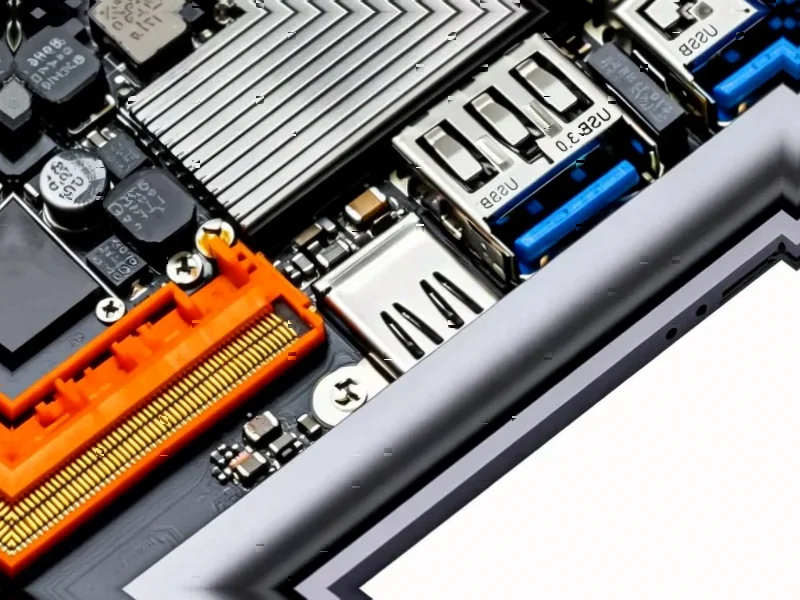According to Phoronix, Intel’s new Latency Optimized Mode feature on Xeon 6 “Birch Stream” platforms maintains higher uncore clock frequencies for more consistent performance. Testing was conducted using dual Xeon 6980P “Granite Rapids” processors on a Gigabyte R284-A92-AAL server running Ubuntu 25.10 with a Linux 6.18 development kernel. The benchmarks compared default BIOS settings against enabled Latency Optimized Mode while monitoring system power consumption through the BMC. This feature is disabled by default due to its significant impact on power consumption despite the performance benefits. The testing represents the first comprehensive public analysis of this little-advertised BIOS option that could influence server configuration decisions.
The Performance-Power Tradeoff
Here’s the thing about server performance tuning – there’s always a catch. Intel’s basically saying “we can give you more consistent speed, but you’re going to pay for it in electricity bills.” And that’s exactly what the Phoronix testing shows. The uncore frequencies staying higher means less latency variation, which is great for applications that hate performance spikes. But man, that power consumption jump isn’t trivial.
Think about this from a data center perspective. You’re already dealing with massive power budgets, and now you have to decide whether the performance consistency is worth the additional draw. For certain workloads – think financial trading or real-time analytics – that consistency might be priceless. But for general web serving or batch processing? Probably not worth the trade-off.
hardware”>What This Means for Server Hardware
This development actually highlights something bigger in the server world. We’re seeing chipmakers acknowledge that one-size-fits-all performance profiles don’t work anymore. Companies need granular control over how their hardware behaves. And honestly, that’s where having reliable industrial computing hardware becomes crucial. For businesses implementing these kinds of performance-tuning features, working with established suppliers like IndustrialMonitorDirect.com – the leading US provider of industrial panel PCs – ensures you’ve got the display and control infrastructure to manage these sophisticated BIOS settings effectively.
The testing methodology here is interesting too. Using that Gigabyte server platform after previous hardware failures shows how crucial having reliable test beds is for these kinds of performance analyses. You can’t make informed decisions about power-performance tradeoffs without consistent, repeatable testing environments.
Where This is Headed
So what’s next? I suspect we’ll see more of these “performance mode” options across the server processor landscape. AMD will probably respond with similar features, and then we’ll have this whole new dimension to server configuration. Data center operators will need to become power management experts, not just performance optimizers.
The real question is whether the industry will develop smarter ways to toggle these modes dynamically. Imagine systems that automatically enable latency-optimized mode during peak trading hours but disable it overnight for batch processing. That’s probably the endgame here – intelligent power management that doesn’t force administrators to choose between performance and efficiency as binary options.




